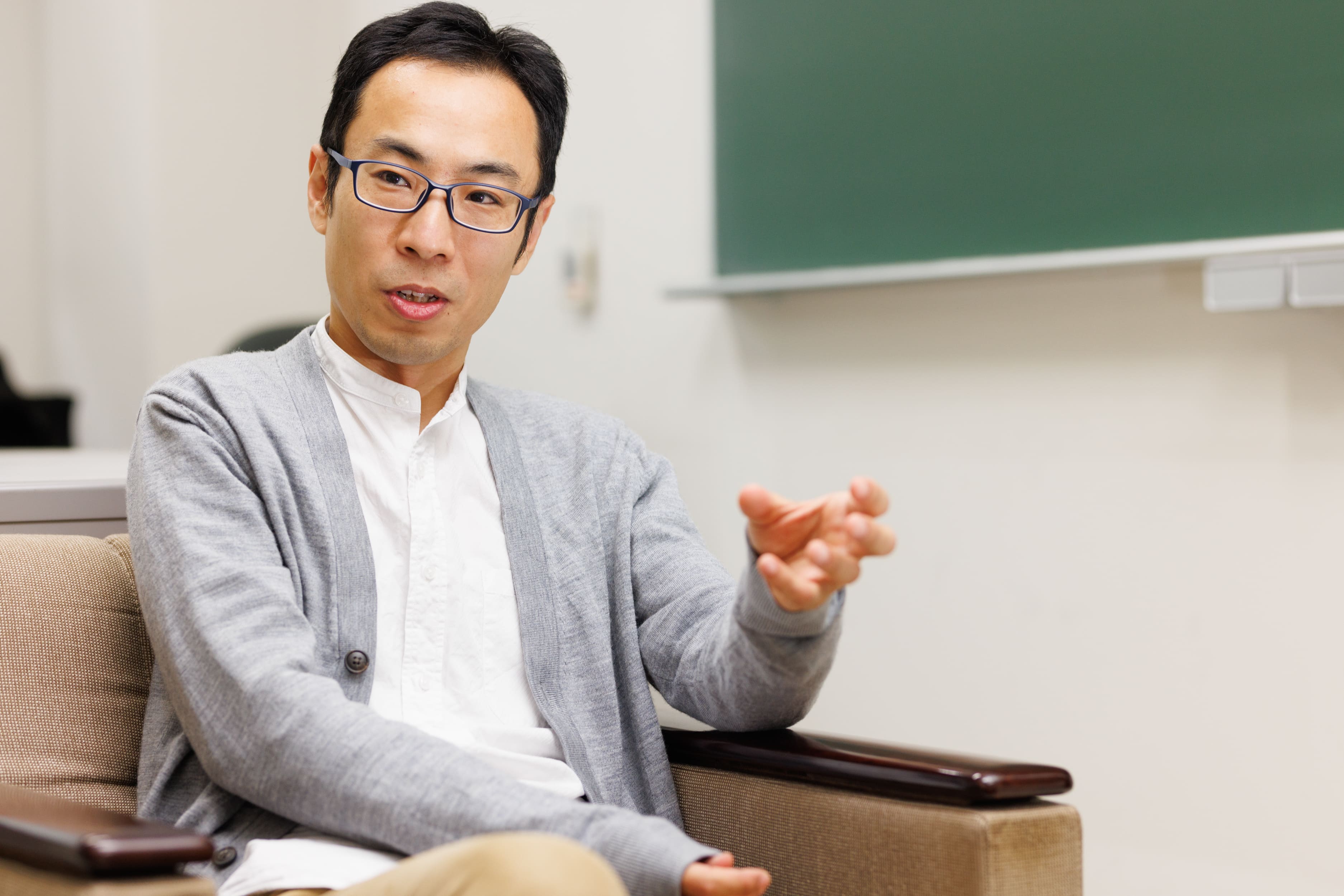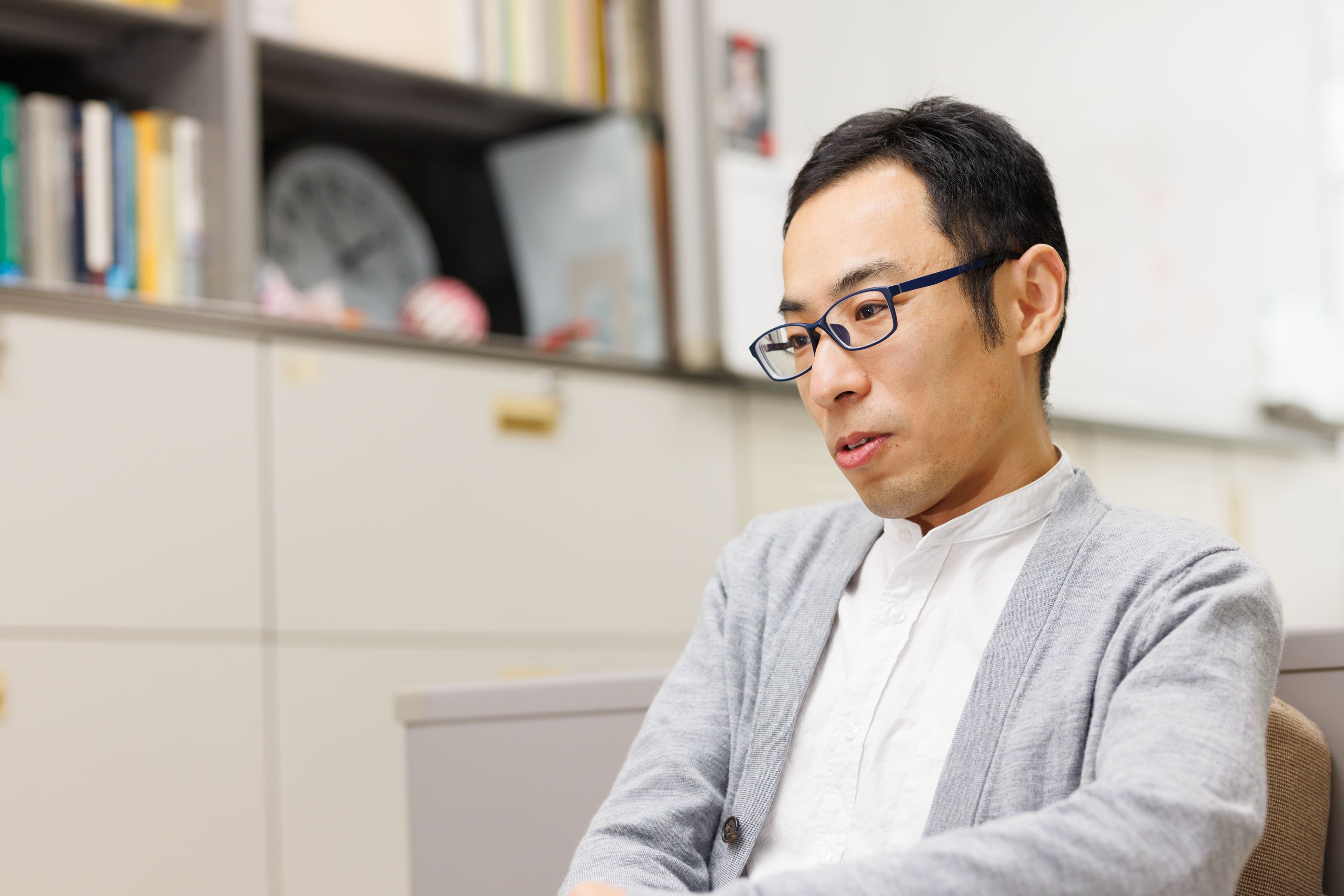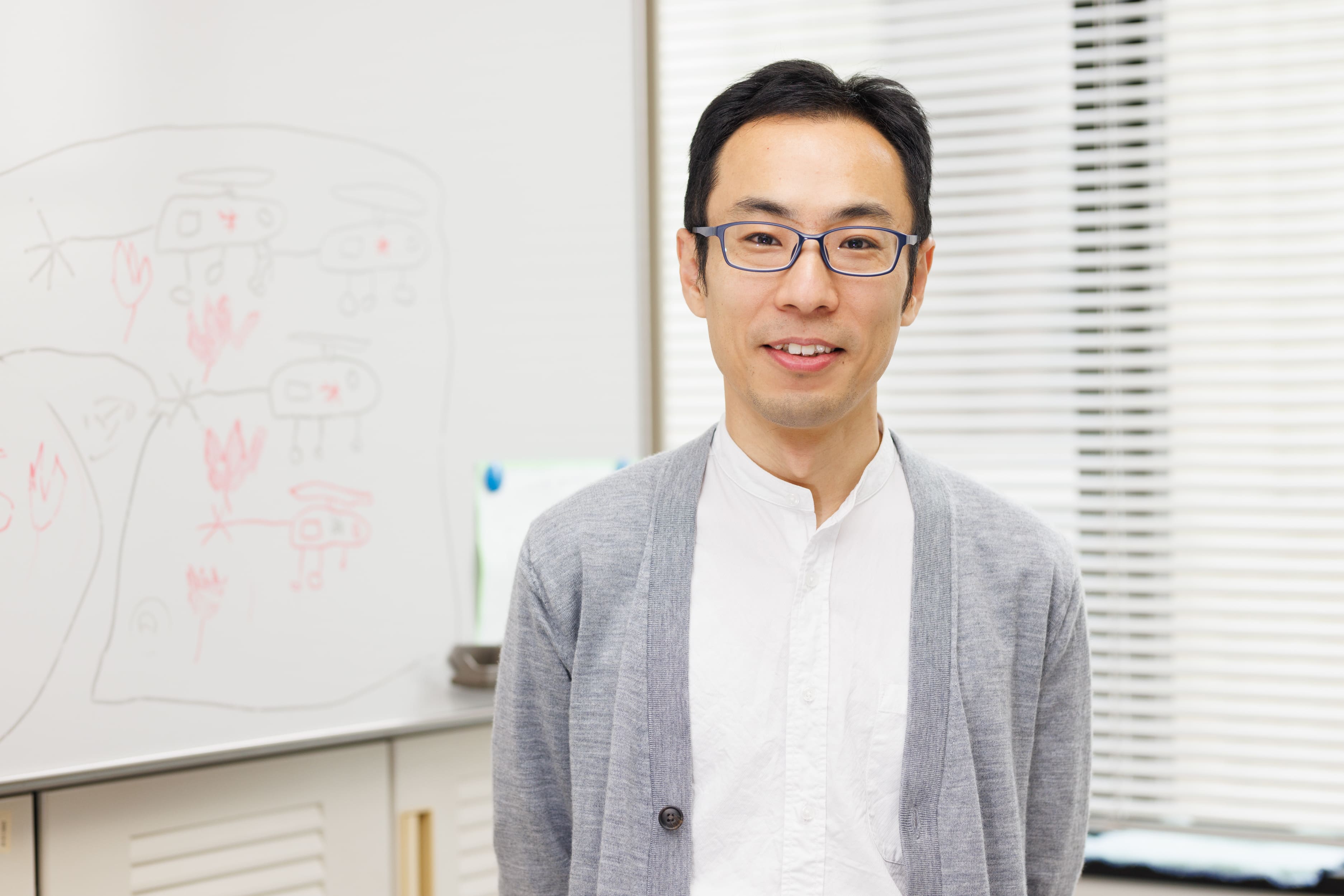Latest Research
Mathematics that drives modern society
PROFESSOR. Masaaki Fukasawa
 When I was a high school student, there was a financial crisis called the Asian currency crisis. A large
number of Asian emerging market currencies were sold by people or companies called hedge funds, causing the
currency value to plummet and the economies of each country to collapse. A high school teacher of ‘modern
society’ explained in class that hedge fund people use financial engineering, a rather difficult
mathematics, to trade currencies or stocks to make a profit regardless of whether the value of them rises or
falls. I was intrigued by this mechanism. What on earth are they doing? Why can it be profitable regardless
whether the stock price goes up or down? How could it cause the country to collapse? The same teacher once
introduced Keynes’s multiplier effect and taught me how high school mathematics, the sum of geometric
progressions, explains the economic effects of public work. Thus, I became interested in the mathematics
that drives modern society, and now I mainly study mathematics behind financial-related social phenomena,
based on probability theory.
When I was a high school student, there was a financial crisis called the Asian currency crisis. A large
number of Asian emerging market currencies were sold by people or companies called hedge funds, causing the
currency value to plummet and the economies of each country to collapse. A high school teacher of ‘modern
society’ explained in class that hedge fund people use financial engineering, a rather difficult
mathematics, to trade currencies or stocks to make a profit regardless of whether the value of them rises or
falls. I was intrigued by this mechanism. What on earth are they doing? Why can it be profitable regardless
whether the stock price goes up or down? How could it cause the country to collapse? The same teacher once
introduced Keynes’s multiplier effect and taught me how high school mathematics, the sum of geometric
progressions, explains the economic effects of public work. Thus, I became interested in the mathematics
that drives modern society, and now I mainly study mathematics behind financial-related social phenomena,
based on probability theory.
Mathematical finance

Financial engineering, also known as modern alchemy, is, as the name implies, “engineering.” In other words, it is the technology used by financial institutions to design financial products or services. For individuals, it is used for financial products such as structured deposits, investment trusts with foreign exchange hedges, and variable annuity insurance. Financial investment has an element of gambling, but financial institutions are not gambling with investors. Regardless of “whether the stock price goes up or down” (whether the investor gains or loses), they design using financial engineering to ensure that the service fees associated with buying and selling financial products are profitable for financial institutions. Why such a thing is possible? Is there anything overlooked? Mathematical finance is the study that makes strictly mathematical proofs of what will happen under what assumptions with how much certainty, not just based on the current unproblematic situation. It is often misunderstood that mathematical finance is not the discipline of predicting future stock prices.
In recent years, I am leading international research with collaborators to clarify that latent variables called volatility are fluctuating more violently than previously assumed in financial engineering, and to reconstruct mathematical finance theory under such assumptions. The financial engineering (and financial regulations), which is currently used in financial practice, does not anticipate the risk of volatility fluctuations. Therefore, it can be a “overlooked” and cause a financial crisis like the Lehman shock again. What can happen, how can the risk be eliminated, and why volatility fluctuates so drastically in the first place? These have not been fully elucidated yet, and further development is desired in the future.
What is understanding of the phenomenon?
The time when I could describe a phenomenon, such as natural phenomena, social phenomena or the result of an individual’s behavior, with beautiful mathematical formulas was when I or perhaps many scientists could understand the phenomenon. When an object is complicated, the mathematical formulas that express it tend to be complicated and ugly, but sometimes you can obtain a simple formula that reveals the essence of the phenomenon, that is, a beautiful formula, by focusing on various symmetries and thinking about the limits of appropriate parameters. Thinking about the limit to probabilistic phenomena such as finance often corresponds to the generalization and refinement of the law of large numbers and the central limit theorem, which are the foundations of probability theory and statistics. This is the mathematical aspect of my research.

So far, I have contributed to the asymptotic expansion formula of financial instrument prices and the proof of the convergence theorem of investment profits and losses in high-frequency trading. As a result of these theorems, I was able to discover the above-mentioned volatility fluctuation phenomenon and asymptotically optimal high-frequency trading strategies. I also proposed experimental methods such as estimating the parameters of the probabilistic model that can express the phenomenon from the data and approximating the model to a form that can be numerically simulated, and justified them in the form of the limit theorem. I think that asymptotic analysis that makes full use of various convergence theorems is the strength of my research.
Probability-Statistics-Economics-Mathematical Engineering

Mathematical finance can be considered as a field of economics because understanding financial phenomena is, of course, a category of economics (alternatively, economics can be considered a field of mathematical science). Financial engineering is often classified as economics, but it is also a field of mathematical engineering from an engineering point of view. However, probability, statistics, economics, and mathematical engineering have evolved in their respective fields, so exchanges between disciplines are not very active. At Osaka University, the Finance and Health Education Research Center was established in 2006, creating an environment in which researchers from these four fields, which span four departments within the university, gather to conduct education and research related to finance and health. This is thanks to the extraordinary efforts of the pioneers at Osaka University at that time. I am originally from a laboratory in the field of statistics, but I was assigned to this center, as a specially appointed assistant professor, for three years from 2007. At that time, I had been taught a lot by the superiors in four fields on campus. This center was later developed and reorganized into the Center for Mathematics-Data Science Education and Research, and continues to the present day. After 3 years at this center, I have changed my positions within the university: 5 years in the mathematics classroom of the School of Science and 6 years in the mathematics classroom of the School of Engineering Science. It is my great asset to be able to interact with great colleagues in each field on campus through such changes in various positions within the university. I would like to contribute to the mission of the School of Engineering Science: to create the true culture of humankind by fundamentally developing scientific technology through the fusion of science and technology that transcends the boundaries of fields.
